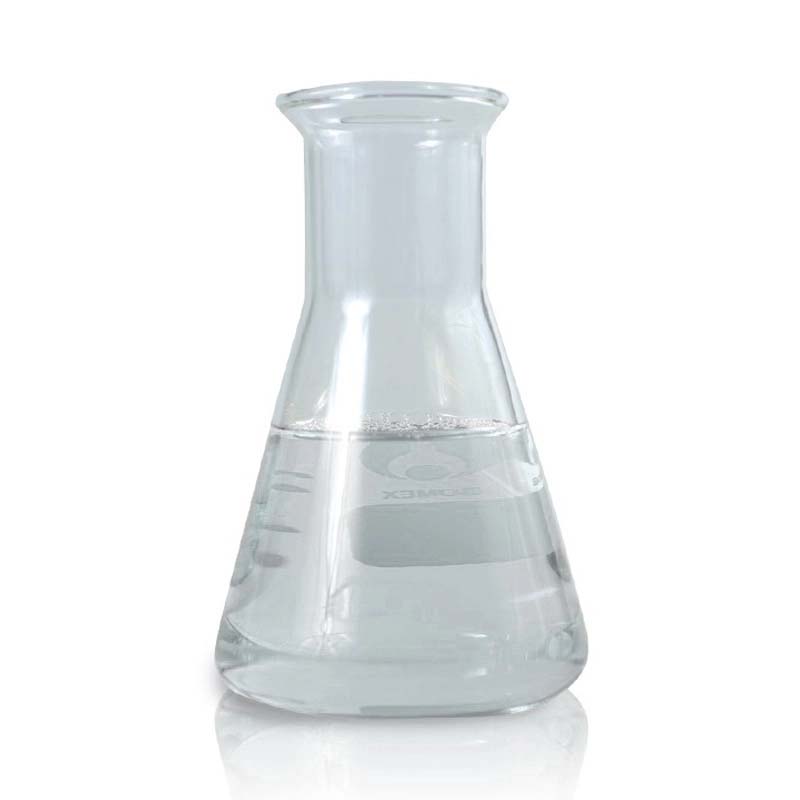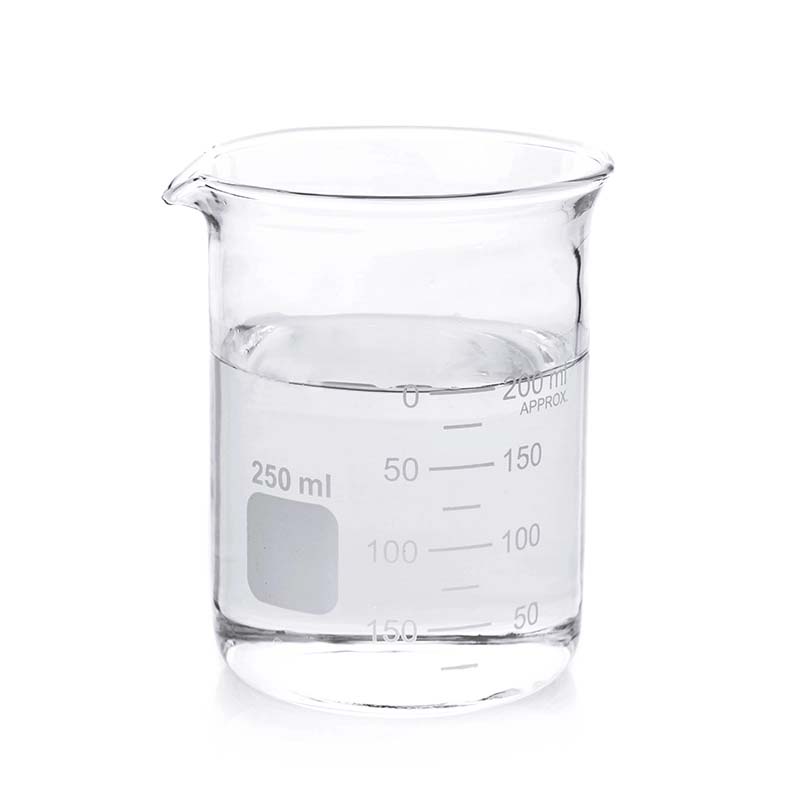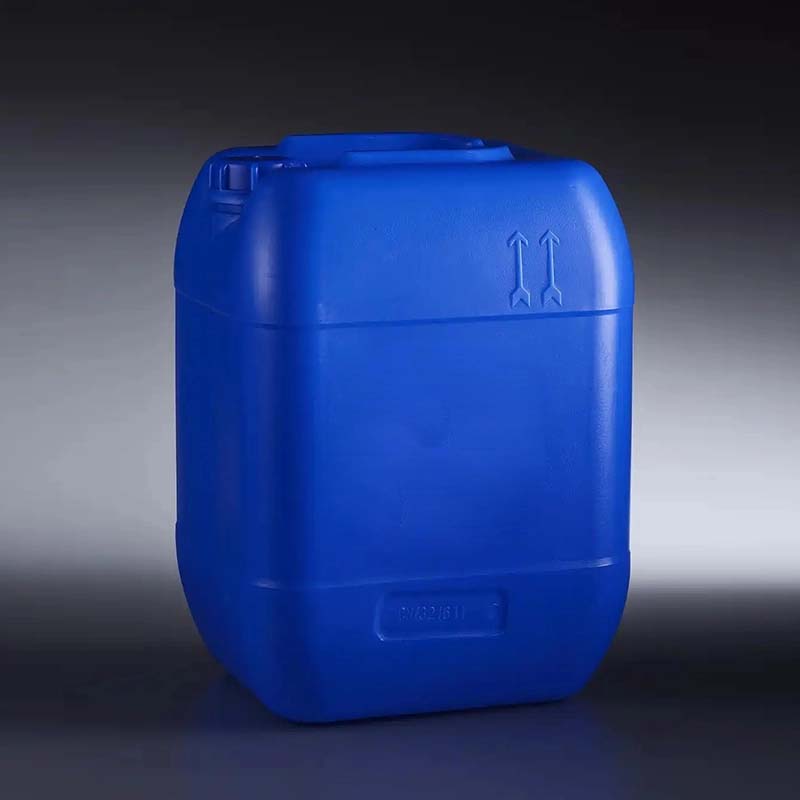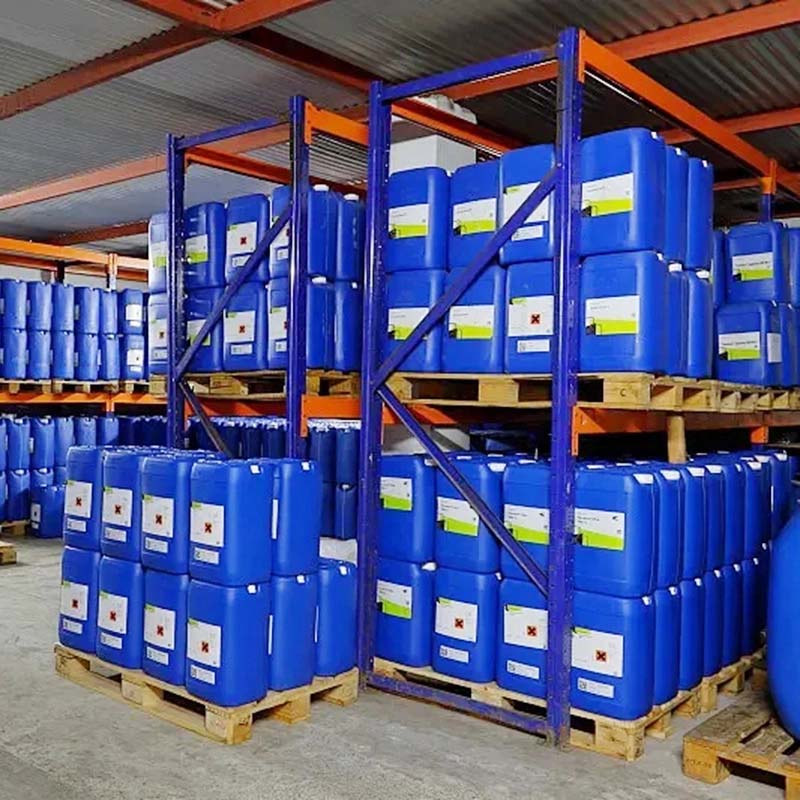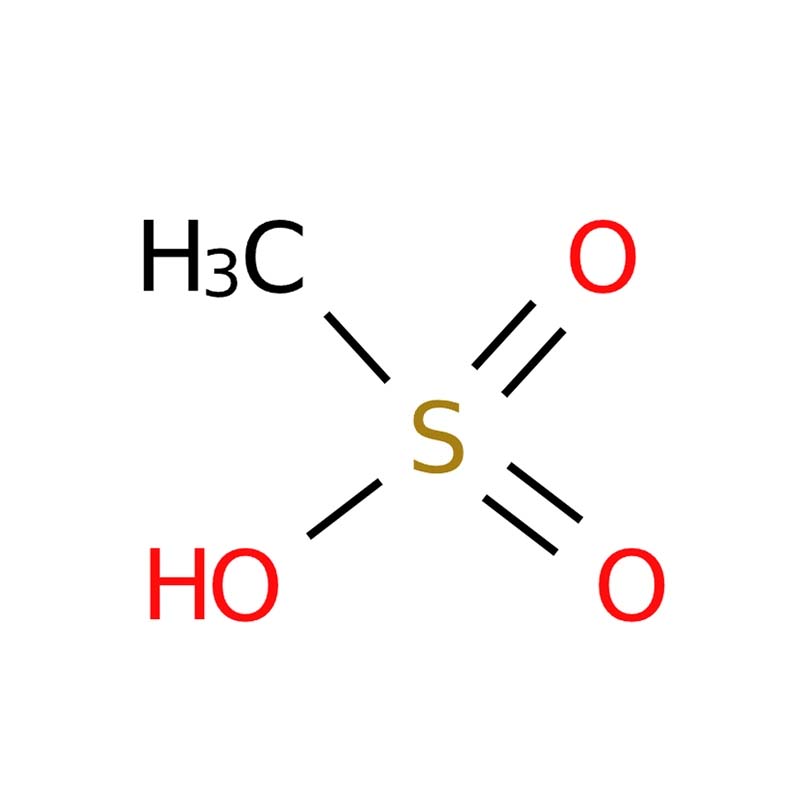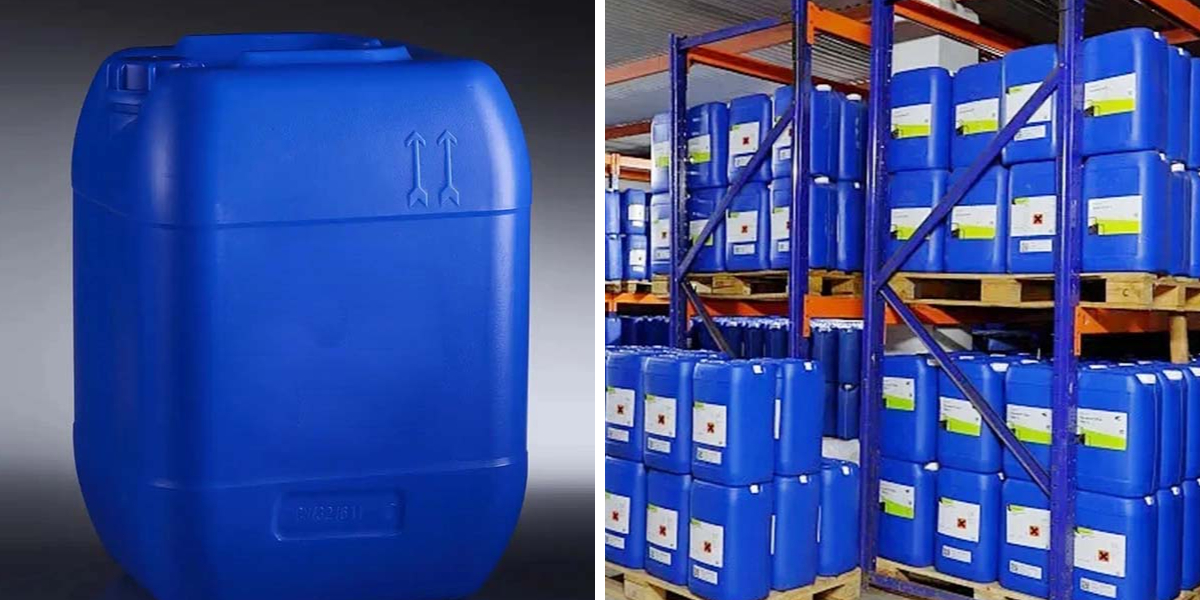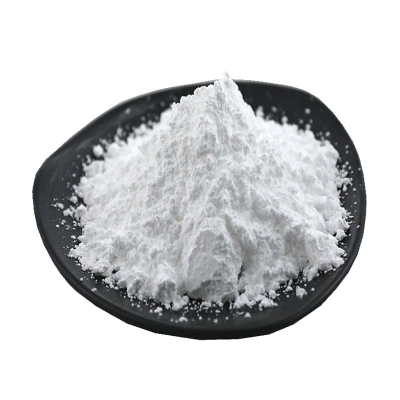Methanesulfonic acid
Environmentally Friendly Characteristics: Methanesulfonic acid (MSA) is widely regarded as an environmentally benign "green acid" due to its ecological profile. It breaks down into carbon dioxide and sulfate, thereby minimizing its environmental impact.
Low Toxicity: Compared to conventional strong acids, MSA exhibits significantly lower toxicity and corrosiveness, which substantially enhances handling safety.
Electrochemical Utility: Its aqueous solution serves as a model electrolyte in various electrochemical studies and applications, underscoring its importance in industrial electrochemistry.
High Solubility: MSA demonstrates high water solubility (1,000 g/L at 20 °C), facilitating its use across a diverse spectrum of chemical processes and formulations.
Methanesulfonic acid (CH₃SO₃H, MSA) is a strong organic acid produced in significant quantities through the chemical oxidation of dimethyl sulfide in the atmosphere. It is biodegradable and breaks down into carbon dioxide and sulfate, contributing to its environmentally benign profile. Owing to its relatively low toxicity and reduced corrosiveness compared to conventional mineral acids, MSA is frequently classified as a “green acid”. Additionally, its aqueous solution is widely employed as a model electrolyte in diverse electrochemical applications.
Chemically, methanesulfonic acid is classified as an alkanesulfonic acid characterized by a methyl group bonded directly to the sulfo group. It serves as a metabolite in Escherichia coli and is categorised both as an alkanesulfonic acid and a one-carbon compound. Additionally, it functions as the conjugate acid of methanesulfonate.
Parameters
Melting point | 17-19 °C (lit.) |
Boiling point | 167 °C/10 mmHg (lit.) |
density | 1.475-1.485 g/mL at 20 °C 1.481 g/mL at 25 °C (lit.) |
vapor density | 3.3 (vs air) |
vapor pressure | 1 mm Hg ( 20 °C) |
refractive index | n20/D 1.429(lit.) |
Fp | >230 °F |
storage temp. | 2-8°C |
solubility | water: soluble1,000 g/L at 20°C |
form | Solution |
pka | -2.6(at 25℃) |
Specific Gravity | 1.48 (18/4℃) |
color | brown |
biological source | synthetic |
Water Solubility | Miscible with water. Slightly miscible with benzene and toluene. Immiscible with paraffins. |
λmax | λ: 240-320 nm Amax: <0.4 |
Sensitive | Light Sensitive & Hygroscopic |
Merck | 14,5954 |
BRN | 1446024 |
Stability: | Stable. Moisture sensitive. Incompatible with amines, bases, water, common metals. Releases a substantial amount of heat when diluted with water (add acid to water with care if diluting). |
InChIKey | AFVFQIVMOAPDHO-UHFFFAOYSA-N |
CAS DataBase Reference | 75-75-2(CAS DataBase Reference) |
NIST Chemistry Reference | CH3SO3H(75-75-2) |
EPA Substance Registry System | Methanesulfonic acid (75-75-2) |
Safety Information
Hazard Codes | C |
Risk Statements | 34-22-21/22-35 |
Safety Statements | 26-36-45-1/2-36/37/39 |
RIDADR | UN 3265 8/PG 2 |
WGK Germany | 1 |
RTECS | PB1140000 |
TSCA | Yes |
HazardClass | 8 |
PackingGroup | III |
HS Code | 29041000 |
Hazardous Substances Data | 75-75-2(Hazardous Substances Data) |
Toxicity | LD50 orally in Rabbit: 649 mg/kg LD50 dermal Rabbit 200 - 2000 mg/kg |



